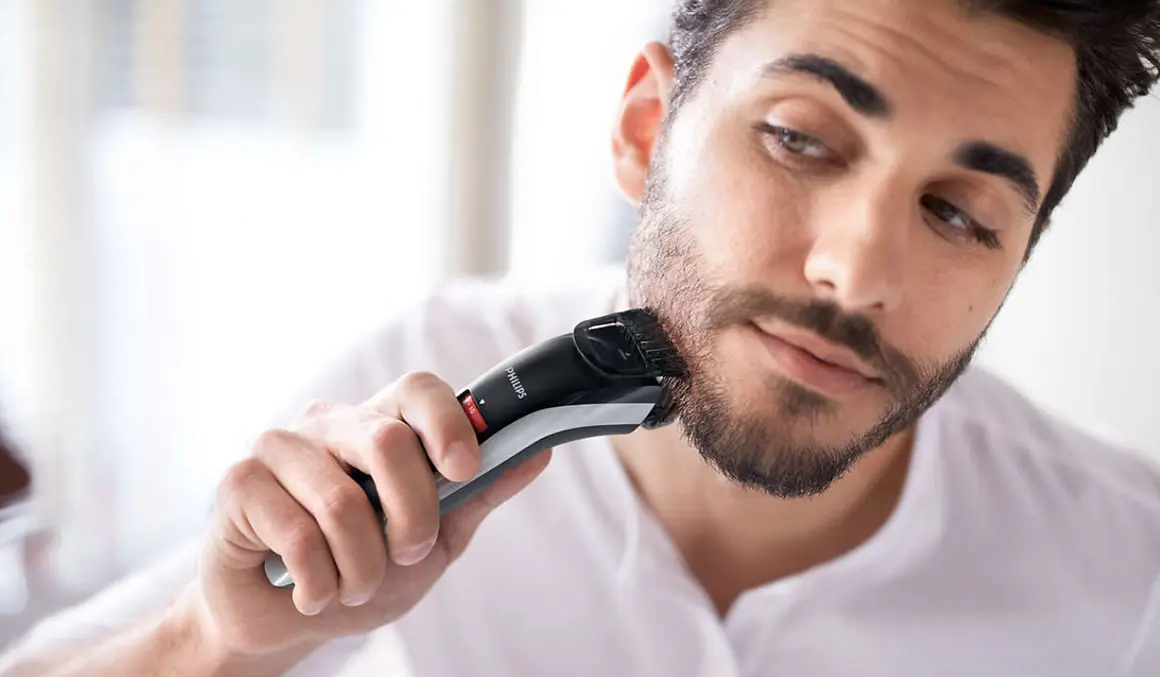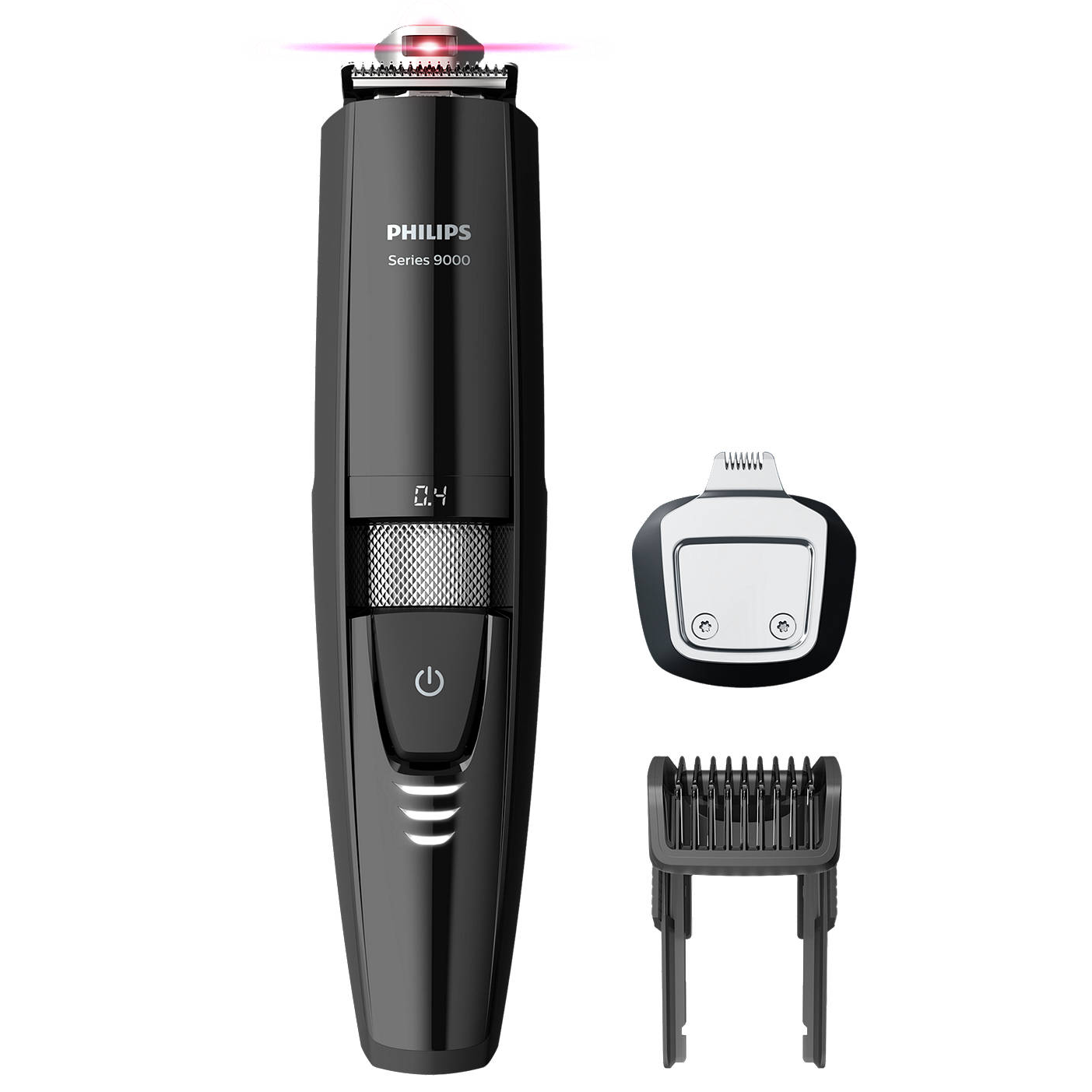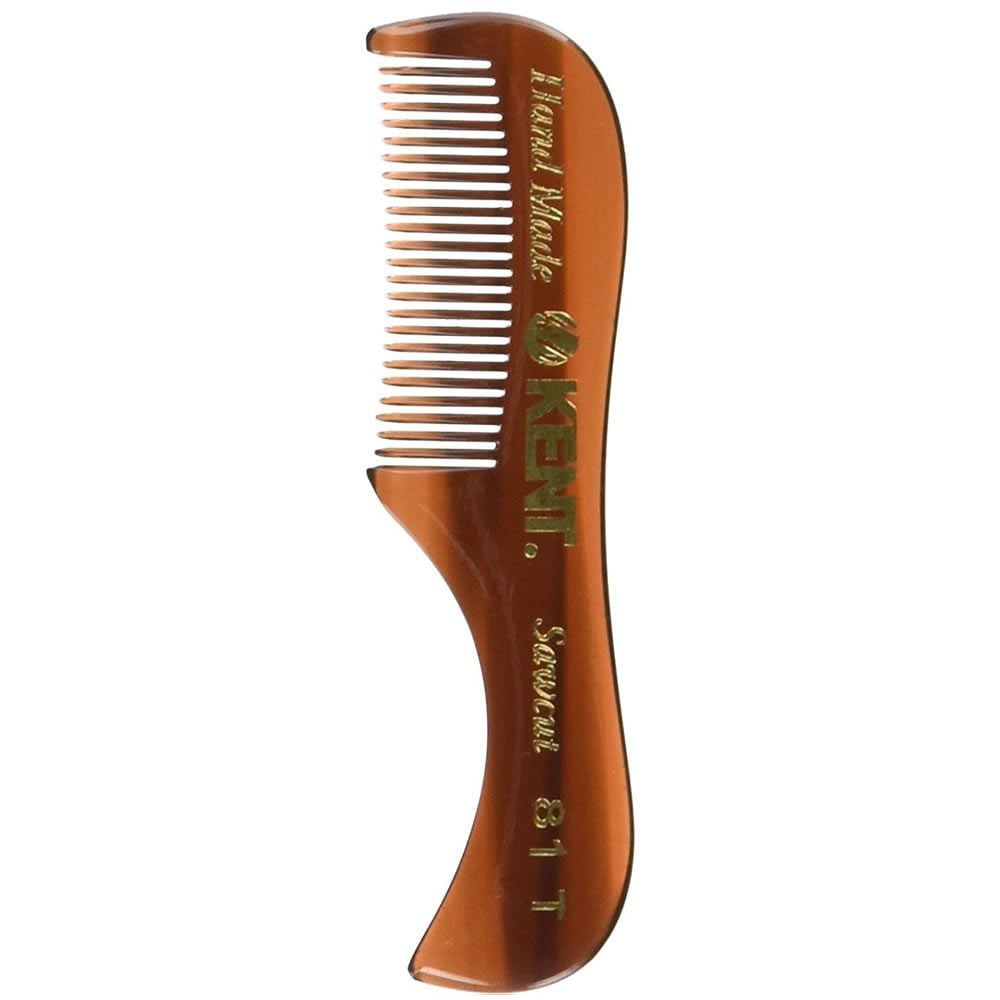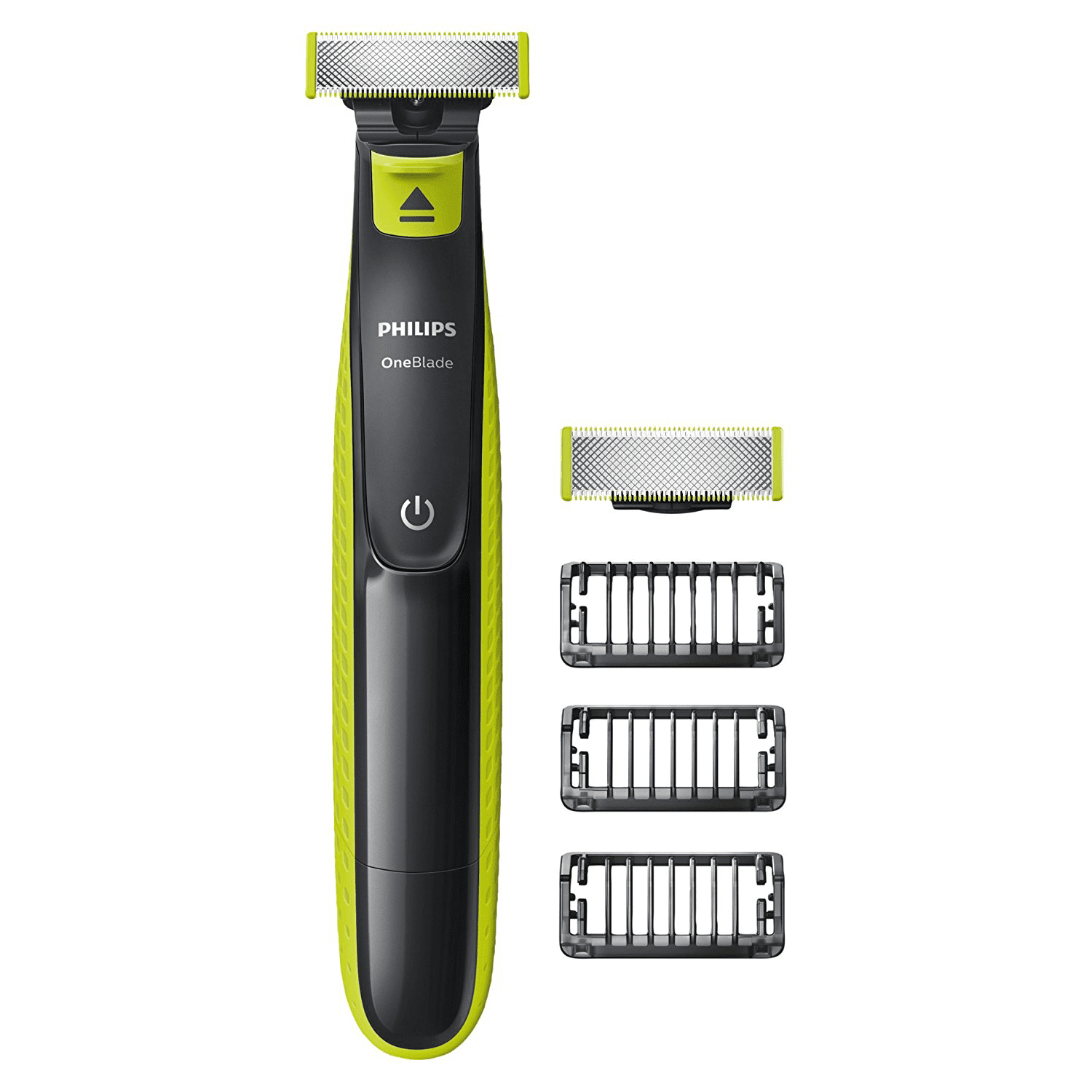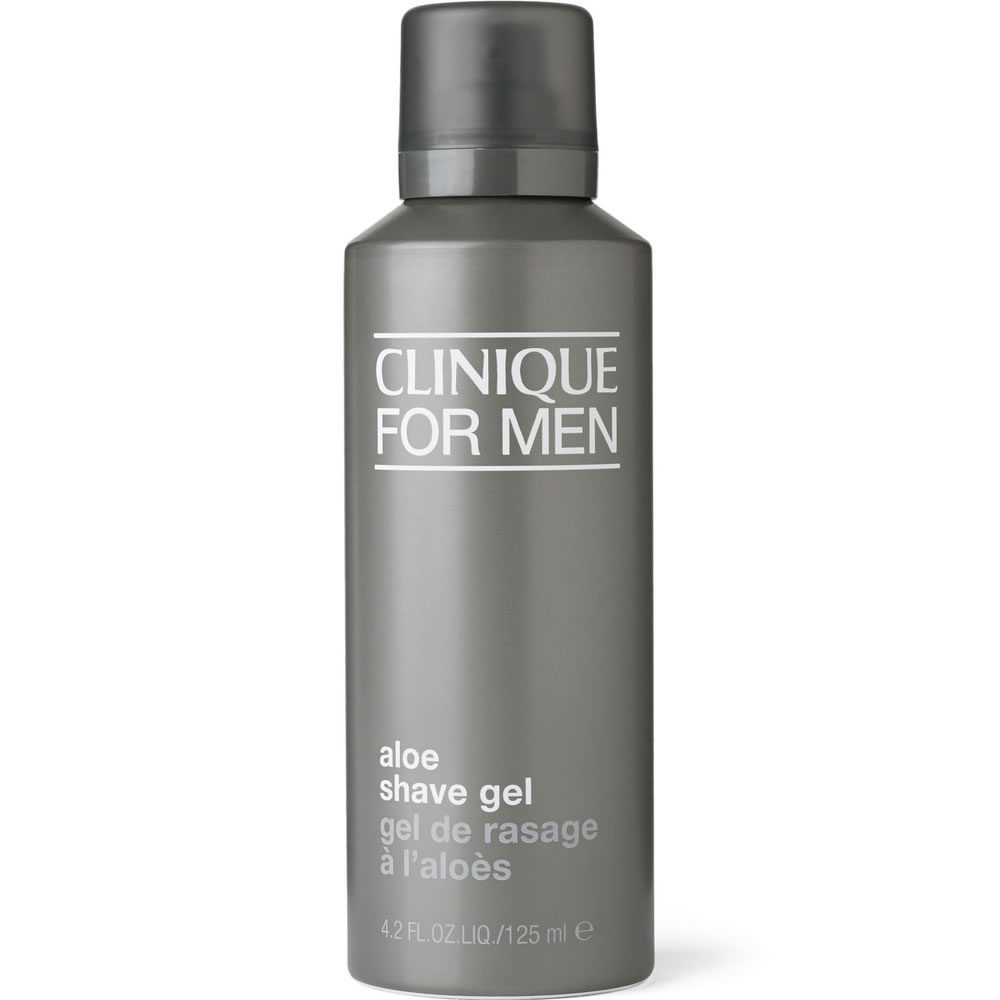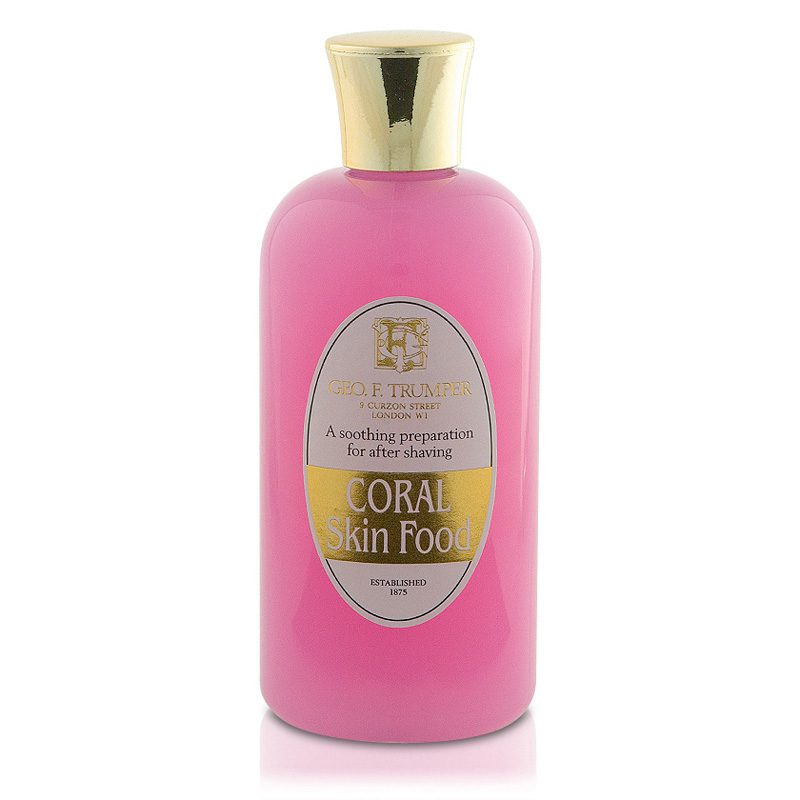The Right Way To Trim Every Beard Length: From Stubble To Short To Long
Trimming facial hair may not sound like the most complicated thing in the world. However, in reality, it’s a grooming minefield. From carving a neckline too far up to neglecting the skin beneath the fuzz – these are just a couple of the most common things men get wrong when tending to their beards.
Every length of facial hair requires a slightly different grooming regimen to look its best. You’ll also need the right tools for the job. These things considered, allow us to walk you through the ins and outs of expert beard care and how to tailor your trimming skills to your facial hair’s individual needs.
Your Beard Grooming Tool Kit
It’s no good going to work on your beard with a rusty old pair of kitchen scissors and a blunt razor and expecting to come away from the bathroom looking like Tom Ford. If you want to succeed, you’re going to need a properly stocked selection of tools. Here are the products no bearded man should be without.
Beard Trimmer
Whether you’re sporting designer stubble or a full bushy beard, you’ll need a good trimmer to keep things in check. For stubble and shorter beards, you’ll be able to use this to maintain the overall length of your facial hair. And for longer styles, you’ll need it to keep your sideburns, moustache, neckline and cheeks in shape. Just make sure to purchase a model that can be set to different lengths as longer beards need to be graduated.
Facial Hair Scissors
When shaping larger beards, it’s essential to have a sharp pair of scissors to get rid of rogue hairs. Think of it as facial-hair topiary. These will be the most important weapon in your arsenal when it comes to making sure your fuzz looks the way you want it to, and for making minor adjustments here and there.
Beard Comb
Obviously, a comb isn’t necessary when it comes to very short beards or stubble. However, where long beards are concerned, it’s the difference between a tangled mess and a flowing mane.
Razor
Given that you’re reading this article, we’re going to go out on a limb and guess you aren’t interested in going clean shaven. But that doesn’t mean you can forego a razor entirely. Especially in the case of stubble, you’ll find a quality razor to be useful for making precise adjustments around the edges. Carving a neckline, removing high-growing hair on the cheeks and keeping sideburns neat and tidy are just a few of the tasks a good razor will assist you with.
Beard Oil
It’s a common misconception that beard oil is nothing more than a gimmick. Yet as anyone who has ever suffered from beard dandruff will tell you, this stuff is no joke. The skin beneath the facial hair often gets neglected, dry and flakey, but applying oil frequently will help to ensure it stays nourished and moisturised. Not only that, but it will also keep the hair itself soft, conditioned, and feeling less like a wire brush.
Shaving Gel
Again, while we know you don’t want to shave your entire chin down to the bone, you’ll still need something to aid shaving around the neck and the cheeks. Opting for a transparent gel as opposed to a thick foam or shave cream will enable you to see where you’re shaving, allowing you to keep those edges razor sharp and laser straight.
Aftershave Balm
Last but by no means least, keep that razor burn and dry skin under control with a good aftershave balm. Because what good is an immaculate beard if it’s surrounded by itchy, irritated skin?
Short Beards
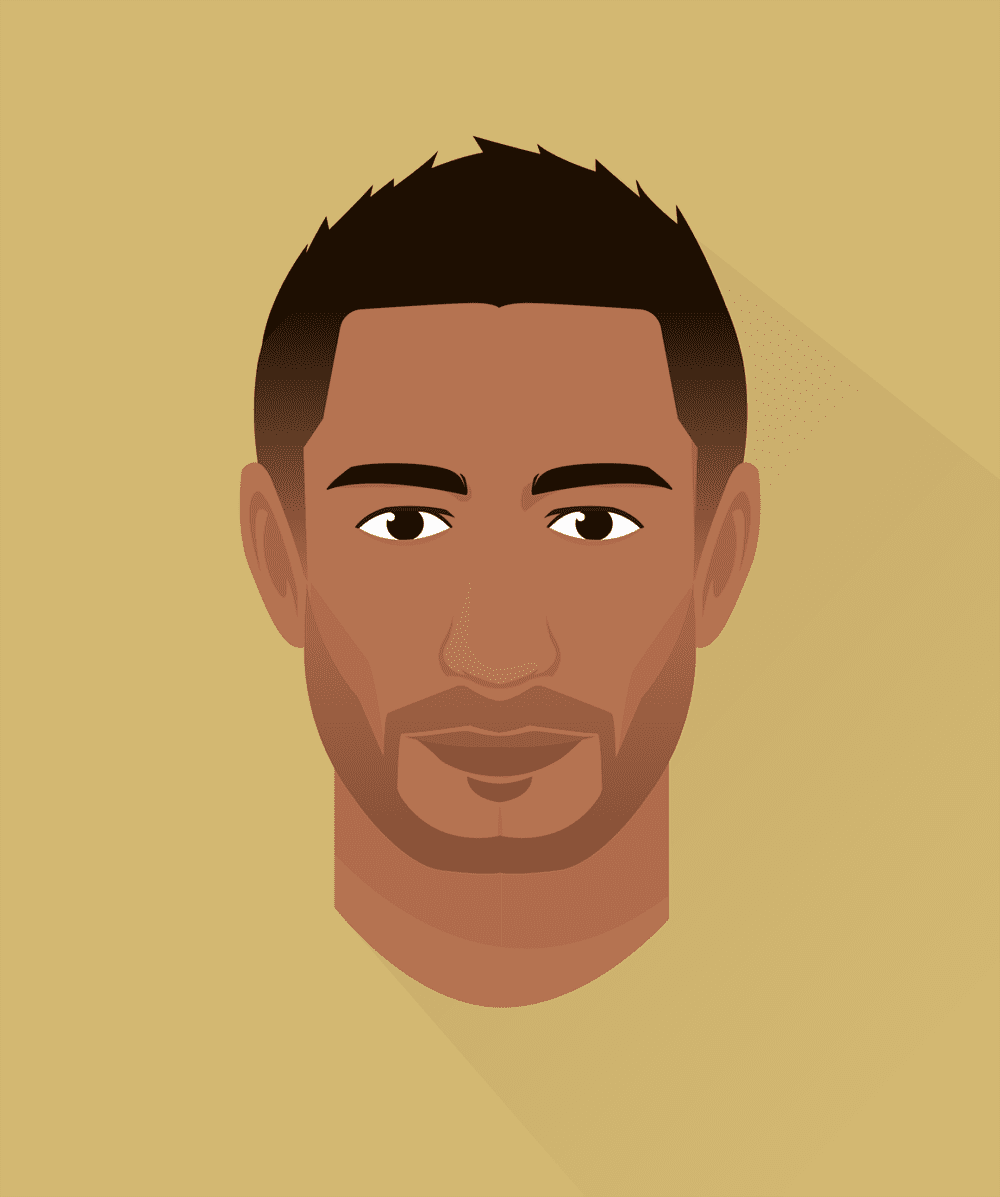
Facial hair that falls somewhere between stubble and a full beard has consistently been proven in surveys as making men appear more attractive. Bearing that in mind, it’s no wonder it’s become such a popular beard style. Still, in order to keep it looking sharp at all times, you’ll need to make sure it’s trimmed to perfection.
What You’ll Need
- Trimmer
- Razor
- Aftershave Balm
How To Do It
As soon as facial hair gets any longer than stubble, it tends to appear a bit unkempt. However, in order to pull a short beard off effectively, it’s imperative that you ride this period out. It can be itchy and scruffy looking, but you can alleviate this somewhat by carving a neckline in early on to make it look intentional and not as if you’ve just stopped bothering to shave.
Once you’ve grown it out, you’ll want to take the hair down to the same length all over using your beard trimmer. Grades vary from brand to brand but you should be aiming for around a centimetre. Once this is done, set the trimmer to a slightly shorter setting and use it to taper the sideburns and your neck hair, plus thin out any areas that look too thick.
Finally, using either your razor and shaving gel or the trimmer without the guard, carefully carve a neckline, starting at the middle of the throat just above the Adam’s apple, then working your way up each side to where the earlobe meets the jawbone. When tilting your head back and looking in the mirror, this should form a smooth, curved line from earlobe to earlobe.
Mid-Length Beards
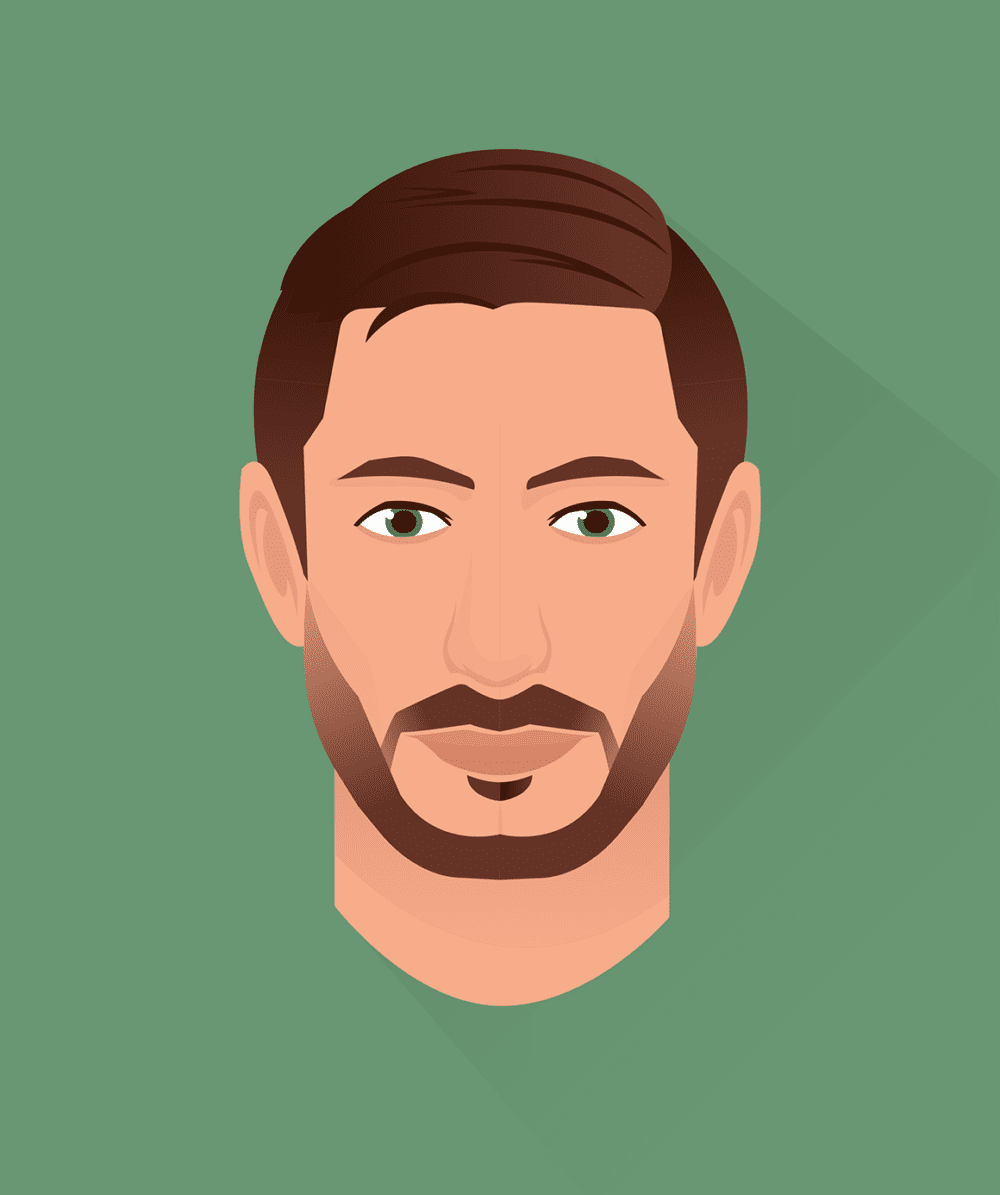
As beard length progresses, it requires more careful thought. It’s important to pick the right hair to suit your face shape, and the same should be taken into consideration when it comes to your facial hair. Beards which are mid-length or longer can dramatically alter the shape of the face, adding length and/or width.
What You’ll Need
- Trimmer
- Scissors
- Beard oil
- Comb
How To Do It
Most trimmers can be set to a grade high enough to accommodate a mid-length beard, making keeping it preened relatively straightforward. First off, take the hair to the same length all over. Then use shorter settings to blend the hair on the cheeks, neck and sideburns.
Next, remove the guard and use the blades to neaten up the edges around the neckline, above the top lip and above the cheeks. It’s best not to use a razor for this part as very straight lines and sharp graduations can look a little out of place on longer beards.
Once that’s done, rub a small amount of beard oil between your fingers and work it through the beard, right down to the roots. Use your comb to smooth the hair into shape and then use the scissors to trim any stragglers.
Long Beards
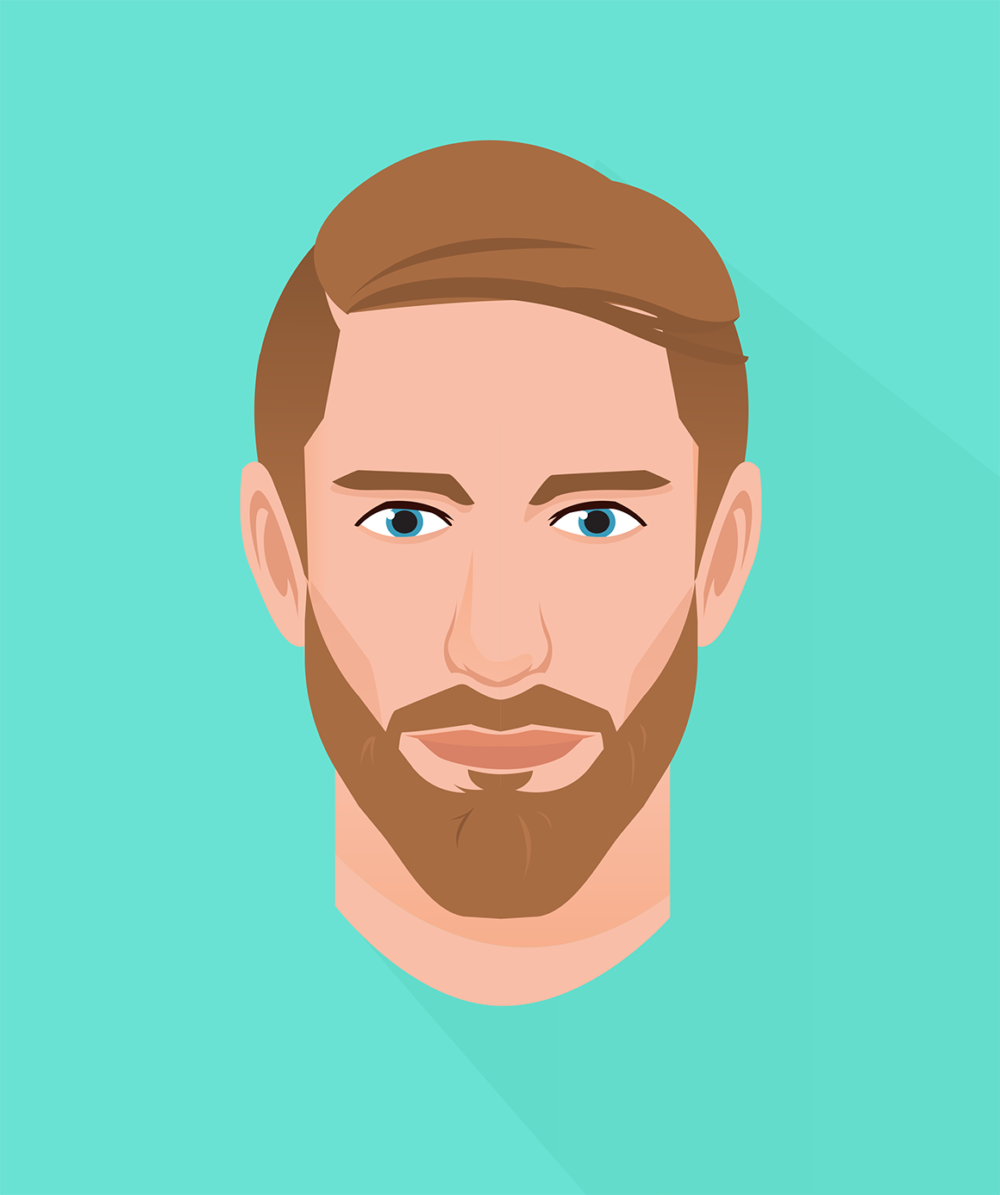
There’s no denying it’s a bold statement, and certainly not for everyone. But look after it well, keep it groomed, and a long beard can become your trademark. Again, remember to consider face shape when deciding whether or not to sport this style. The bigger the beard, the more inches it’s going to add. And if your face is already on the long or wide side, you don’t have much room for manoeuvre.
What You’ll Need
- Scissors
- Trimmer
- Comb
- Beard oil
How To Do It
When shaping a large beard, scissors are your friend. If you’re growing one for the first time a good thing to do is book in for a beard shaping with your local barber. Once you’ve had it done professionally, it’ll be much easier to keep in check at home and you will even be able to pick up a few pointers on how to do it right.
Once your barber has worked his or her magic, it’s down to you to maintain it. This should be done a few times a week, using a comb to smooth the hair out and removing any stray hairs with scissors in order to preserve the overall shape. You can then run over it with your trimmer to remove any excess hair from the neck and trim the moustache back so it rests just above the top lip.
Again, take your beard oil and massage it through the hair, right down to the roots. Make sure to pay attention to the skin under the beard, keeping it moisturised to avoid dry skin or dandruff.
